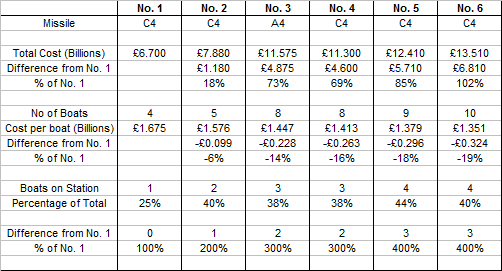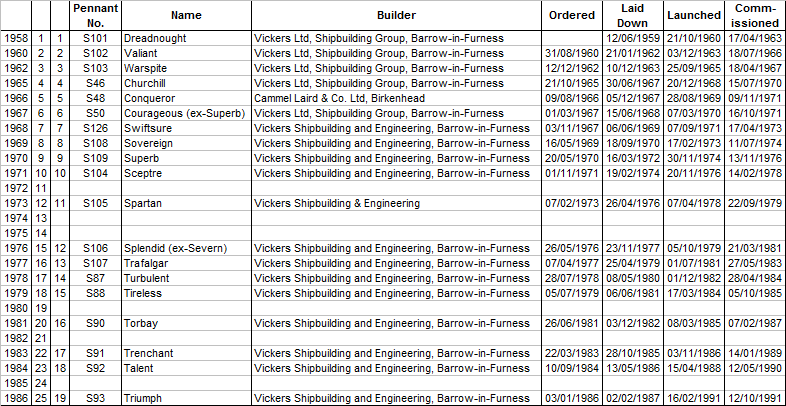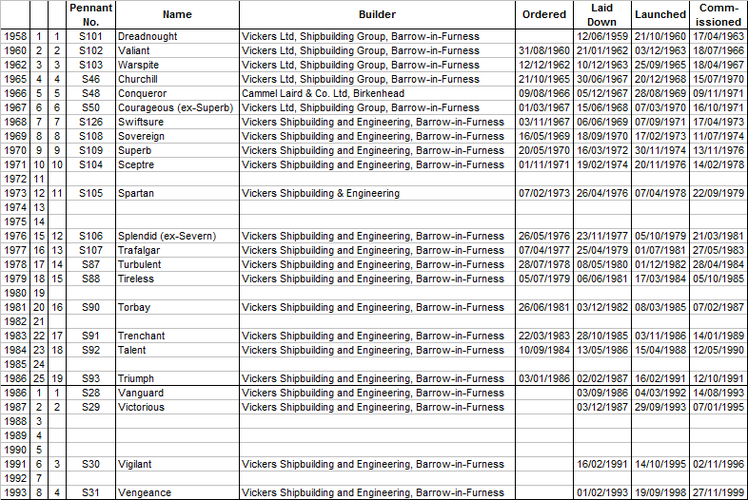- Joined
- 27 September 2006
- Messages
- 6,052
- Reaction score
- 6,153
The long road to replacing Polaris submarines in the 90s with Trident began under the Callaghan government in the late 70s.
The new US Tomahawk cruise missile was considered by Dr David Owen amongst others as a more affordable alternative. But the Trident required fewer submarines and was more likely to get through to its targets in the Soviet Union. It also ensures that RN and USN missile launches would be hard to tell apart.
Mrs Thatcher was elected in 1979 but it was Callaghan with his good relations with President Carter who had opened the way to Trident.
But if Thatcher had not won there were alternative paths.
An inconclusive win by Callaghan might have seen him needing the support of the Liberal Party. The Liberals favoured a smaller deterrent using cruise missiles.
Callaghan was replaced as Labour Party leader by Michael Foot. Foot was a passionate supporter of nuclear disarmament. Had Foot replaced Callaghan in Number Ten the deterrent and US nuclear bases in UK might well have been removed.
A fourth alternative was that faced with a poor economy a new Conservative government might have opted to retain the newly modernised Polaris and then phase out the deterrent to save money. Former PM Macmillan was sceptical at best about the so called independent British deterrent.
The new US Tomahawk cruise missile was considered by Dr David Owen amongst others as a more affordable alternative. But the Trident required fewer submarines and was more likely to get through to its targets in the Soviet Union. It also ensures that RN and USN missile launches would be hard to tell apart.
Mrs Thatcher was elected in 1979 but it was Callaghan with his good relations with President Carter who had opened the way to Trident.
But if Thatcher had not won there were alternative paths.
An inconclusive win by Callaghan might have seen him needing the support of the Liberal Party. The Liberals favoured a smaller deterrent using cruise missiles.
Callaghan was replaced as Labour Party leader by Michael Foot. Foot was a passionate supporter of nuclear disarmament. Had Foot replaced Callaghan in Number Ten the deterrent and US nuclear bases in UK might well have been removed.
A fourth alternative was that faced with a poor economy a new Conservative government might have opted to retain the newly modernised Polaris and then phase out the deterrent to save money. Former PM Macmillan was sceptical at best about the so called independent British deterrent.






